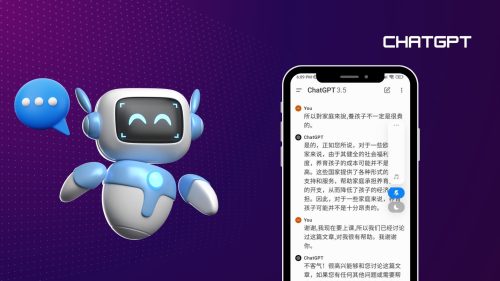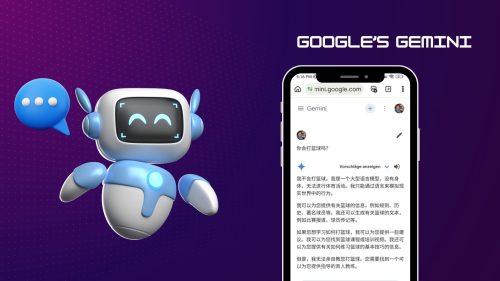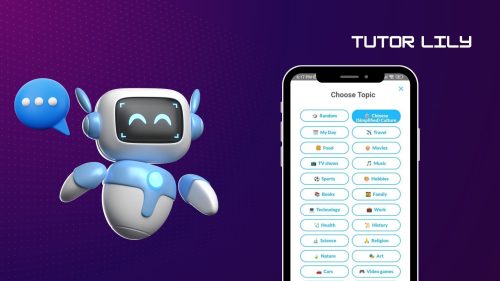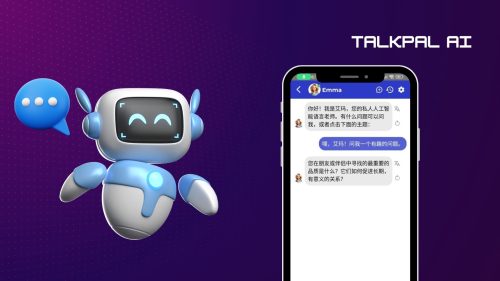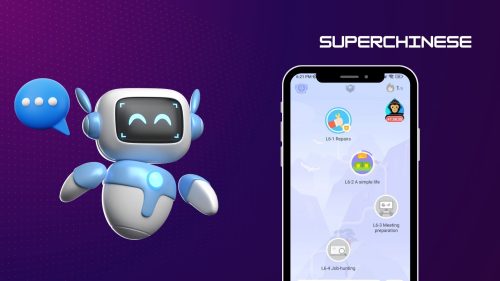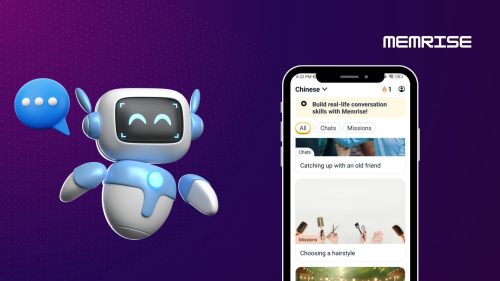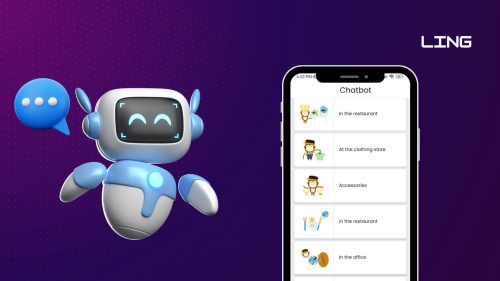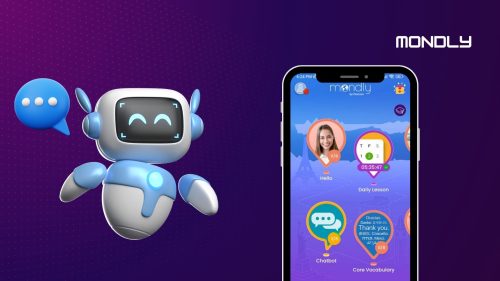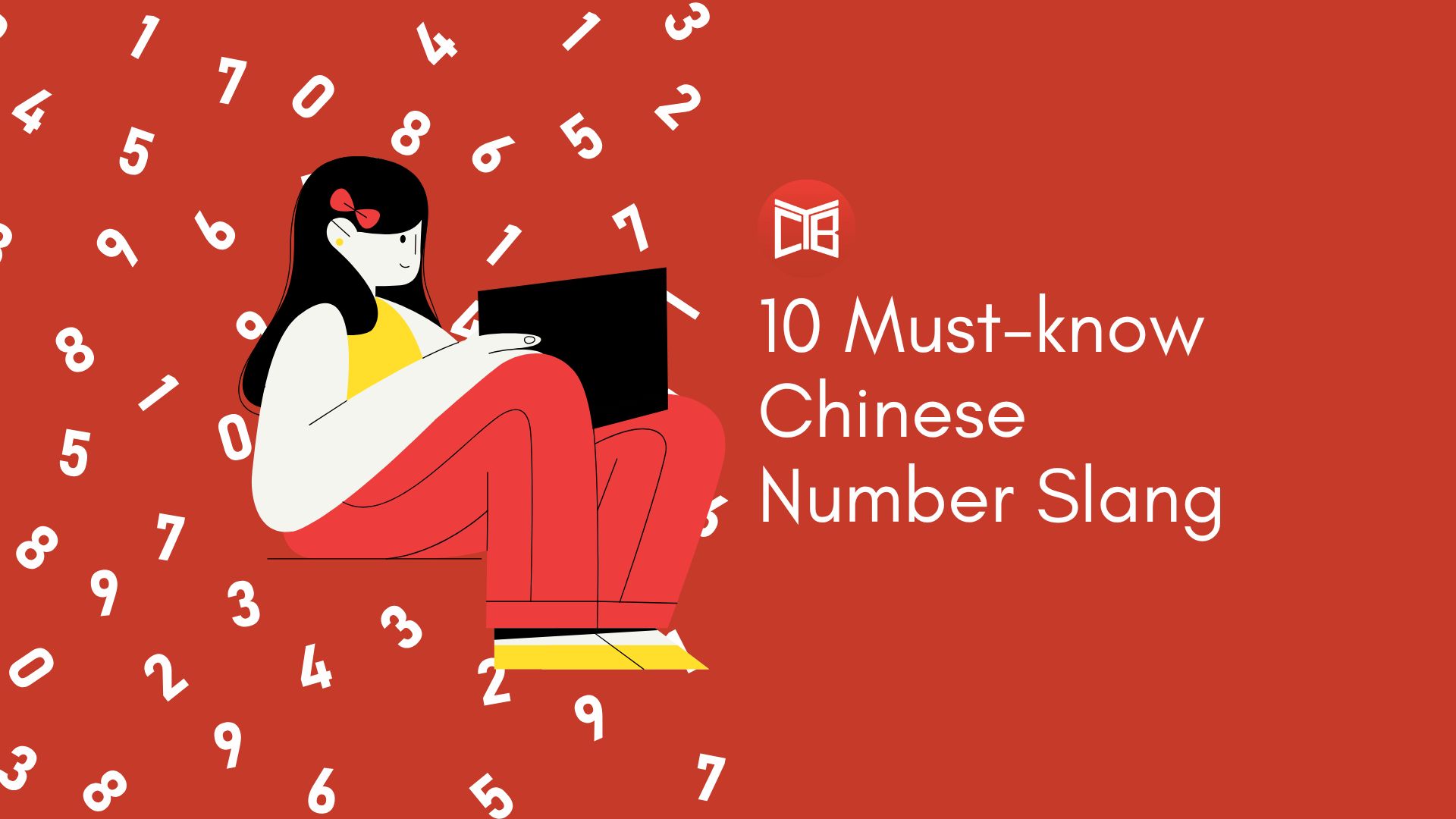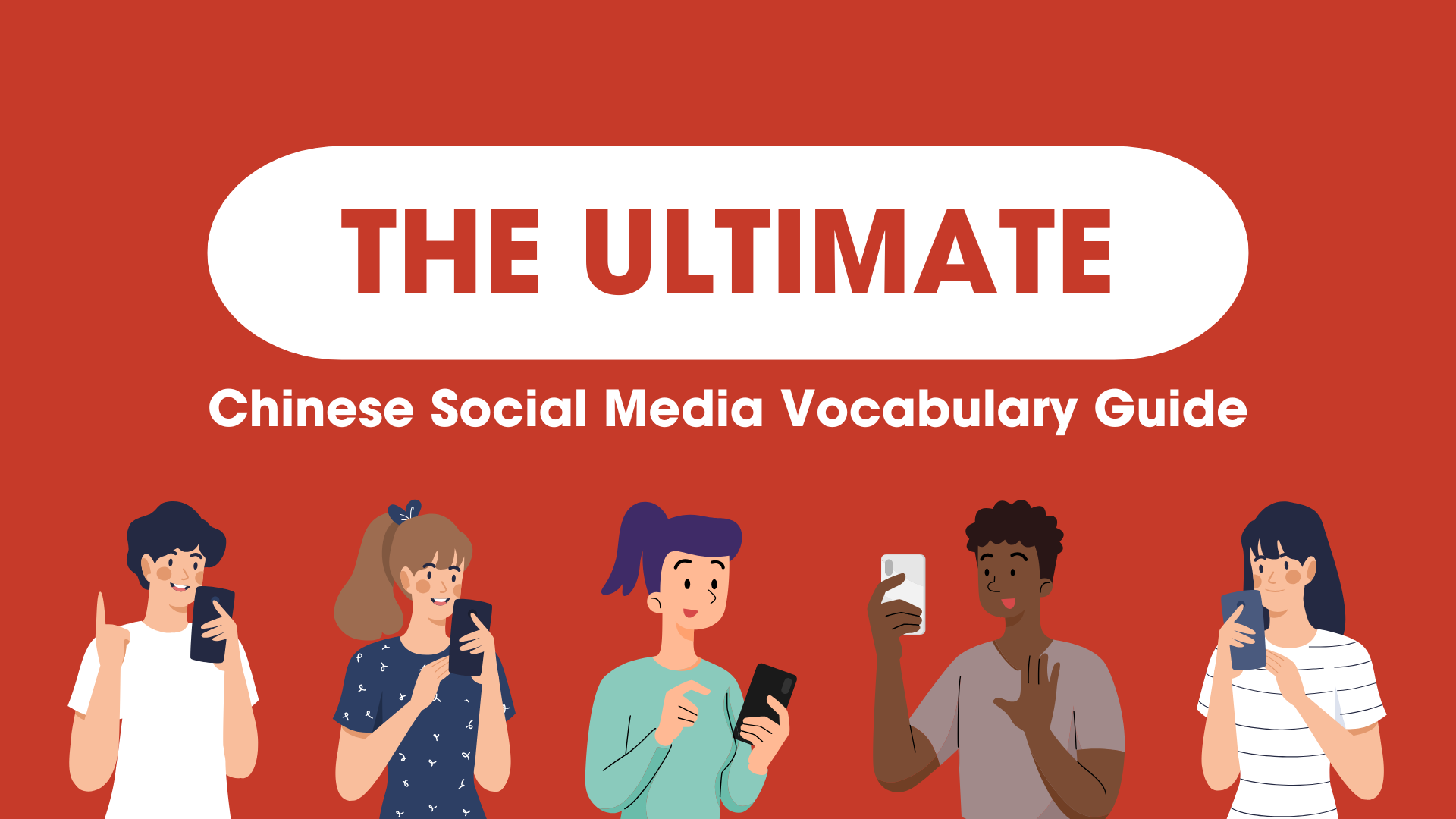
The landscape of Mandarin learning is undergoing a remarkable transformation fueled by the integration of AI technology. New programs like large language models (LLMs) are emerging which offer voice-to-voice communication, personalized learning and interactive experiences that mimic real conversations. Imagine practicing your pronunciation and receiving instant feedback from an AI tutor! These LLMs, such as ChatGPT, can understand your spoken Mandarin and respond accordingly. Similarly, new language-learning apps which center around chatbot technology are being created every day. In addition, established language acquisition apps are adding a new AI dimension to their programs. By allowing you to speak and listen in Mandarin, these apps provide a more immersive and natural way to learn. This article explores the dynamic landscape of language learning apps which are making use of the exciting potential of artificial intelligence integration.
First, I will analyze the vanguard of AI-powered language models like ChatGPT, Copilot, and Gemini specifically with respect to their usefulness as personalized language tutors. Next, I will delve into the functionalities of new language acquisition apps which center around chatbots and focus on voice-to-voice communication. Finally, I will examine some established language learning apps which are making use of AI technology and integrating Chatbot technology into their more structured programs. These apps often provide proven learning pathways, gamified elements, and interactive exercises. All of these AI assistants offer a novel approach to learning, leveraging natural language processing to create personalized interactions and real-time feedback.
Yet, in this emerging field, change is the only constant. New apps, which provide new AI functions and features are being created every day. Currently, there is not one single app that I discovered which makes perfect use of this new technology, even though many of them have great potential. By following this analysis, you will hopefully feel better equipped to make your own informed decisions regarding which AI-powered chatbots can assist you on your Mandarin-learning journey.
List of the Top AI Apps for Learning Chinese
Large Language Models (LLMs) hold immense potential as personal language tutors, offering voice-to-voice communication, written interaction, personalized exercises, vocabulary lists, and work correction. However, while they represent a significant advancement in language learning technology, their capabilities are still growing. As such, further development is needed to enhance their effectiveness and address areas for improvement. Despite this, LLMs have already evolved into invaluable tools for learners seeking tailored language instruction and immersive learning experiences.
1. ChatGPT
Chat GPT was the first of the large language models to make a big impact. Using the ChatGPT app for learning Mandarin offers an immersive experience with its extremely natural-sounding voices, providing learners with a selection of five different options for enhanced variety and engagement. However, while the voices excel in authenticity, the app’s structure relies heavily on user initiative, requiring learners to provide their own course framework. The app’s AI, while proficient in understanding spoken Chinese, lacks the ability to adjust its own speech tempo, which may pose challenges for some users. Additionally, occasional AI “hallucinations”, or misstatements, may occur, requiring users to exercise patience and judgement. Overall, the app offers a unique and dynamic language learning experience.
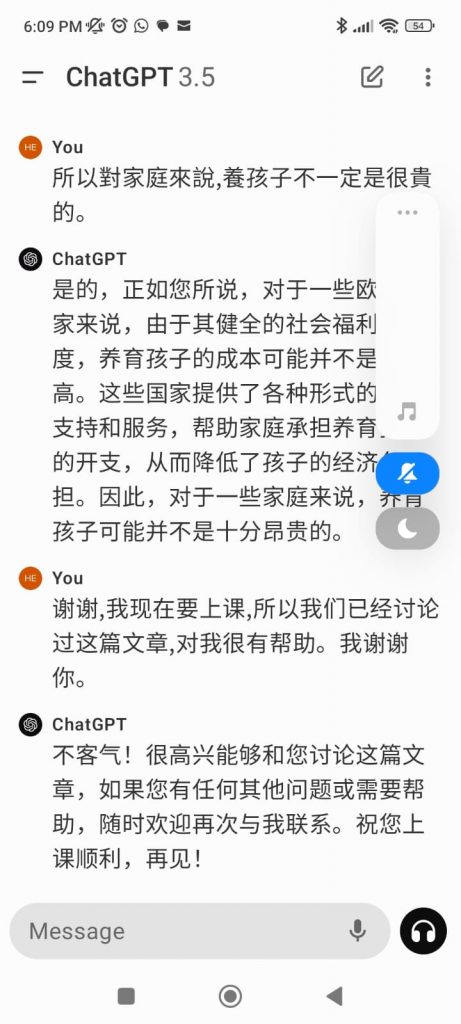
2. Microsoft Copilot
Microsoft Copilot holds promise for voice-activated Mandarin learning, but it is still under development. The voice itself is pleasant and engaging, but current limitations can hinder true conversation. My attempts at spoken Mandarin were not always understood, making a smooth back-and-forth exchange difficult. However, considering the rapid advancements in AI technology, we can expect Copilot’s ability to understand and respond to spoken Chinese to improve significantly in the future.
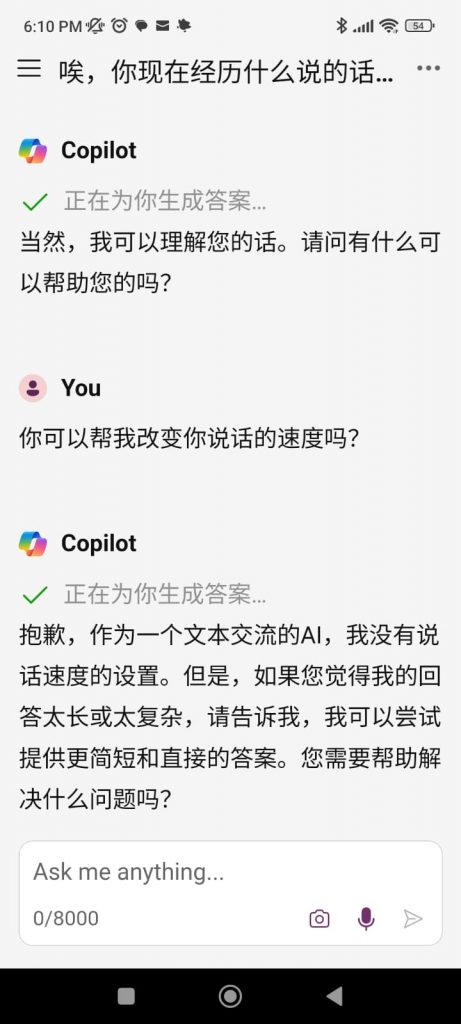
3. Google’s Gemini
Although Google’s Gemini cannot currently engage in voice-to-voice Mandarin conversations, it offers valuable tools for written learning – as do the other LLMs. For example, students can upload homework for feedback on grammar and clarity or ask for exercises to practice vocabulary.
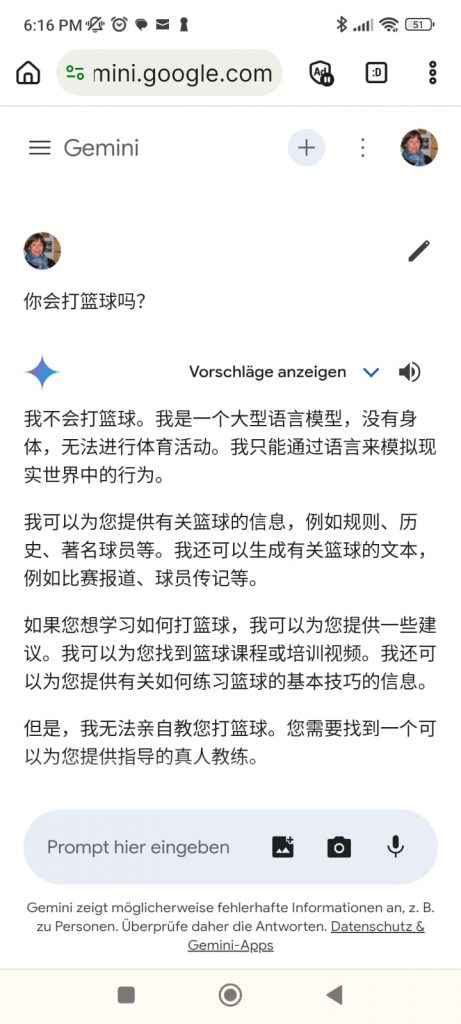
The language learning app scene is buzzing with new AI chatbot apps. These apps go beyond traditional methods, offering structured learning through interactive conversations. While many provide more guidance than large language models, keep an eye out for new arrivals – they are popping up all the time. When choosing an app, prioritize those with clear, pleasant voices and the ability to understand non-native speaker Chinese. This will make your learning journey not only effective but enjoyable.
4. Tutor Lily
Currently, one of the best of these new AI-chatbot language learning apps is Tutor Lily. Unlike some AI tutors, Tutor Lily boasts a pleasant and engaging voice that makes learning enjoyable. An additional feature is the ability to adjust the tempo of Tutor Lily’s speaking voice which is especially useful for beginning students. It excels in structured learning, providing clear conversation topics and offering instant written feedback on your responses. Even better, Tutor Lily understands your spoken Chinese, allowing for a natural and interactive learning experience. With its combination of structure and intelligent feedback, Tutor Lily stands out as a powerful tool for mastering Mandarin.
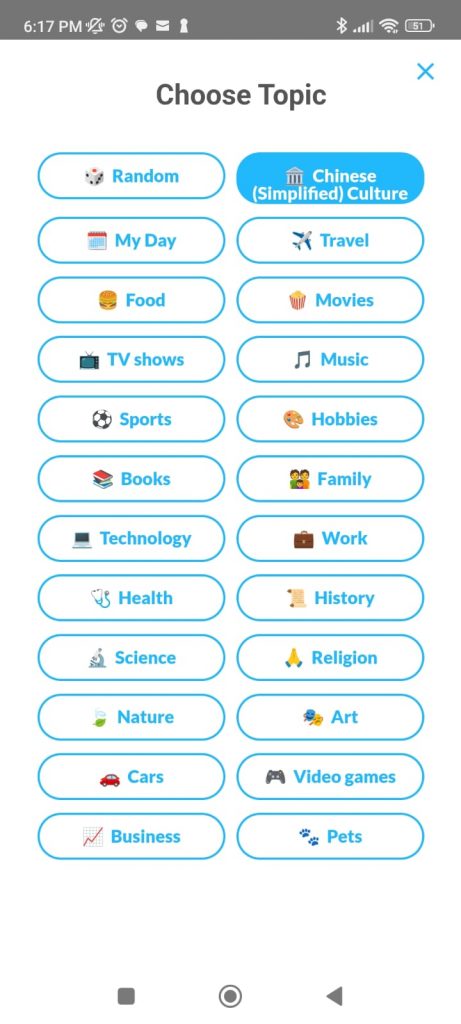
5. Talkpal AI
Talkpal AI offers a free conversation function with Emma, its AI tutor. While Emma’s voice might sound a bit robotic in the free version, the premium version promises more natural-sounding interactions. Talkpal AI goes beyond just chat, though. Their premium tier unlocks structured learning content like roleplays, debates, and even conversations with simulated historical figures. Beginners will also appreciate the speaker’s speed adjustment feature in the settings, allowing them to control the pace of conversation for better comprehension.
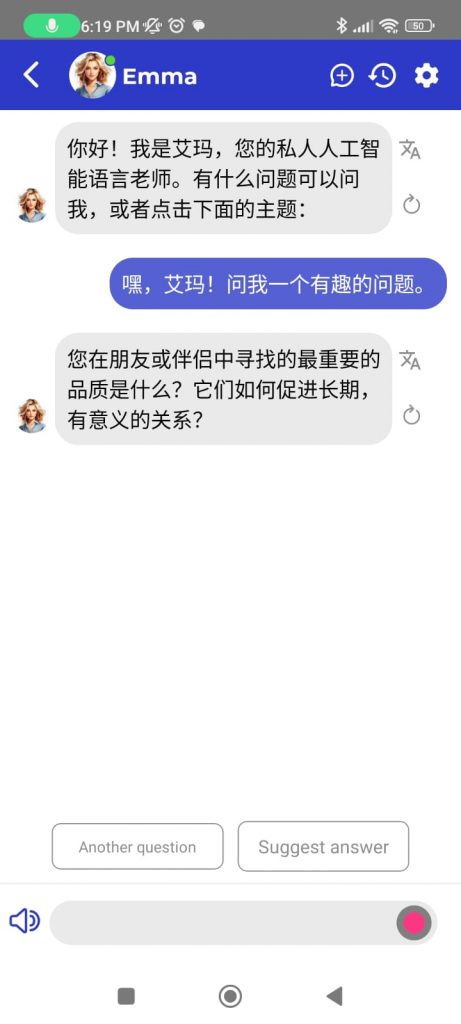
6. Univerbal
Univerbal takes a very structured approach to language learning through its conversation chatbot. Univerbal also provides real-time corrections on your spoken Chinese, giving you instant feedback. Their focus is on practical scenarios – imagine bargaining at a market or chatting with a seatmate on a long flight! For inspiration, check out the “tasks” button at the bottom of the screen, filled with conversation prompts. Beginners will love the adjustable voice speed setting, allowing them to control the pace of learning. However, the current robotic voice delivery detracts from the experience. Despite this, Univerbal remains a well-designed app, and with a more natural-sounding voice, it could become truly exceptional.
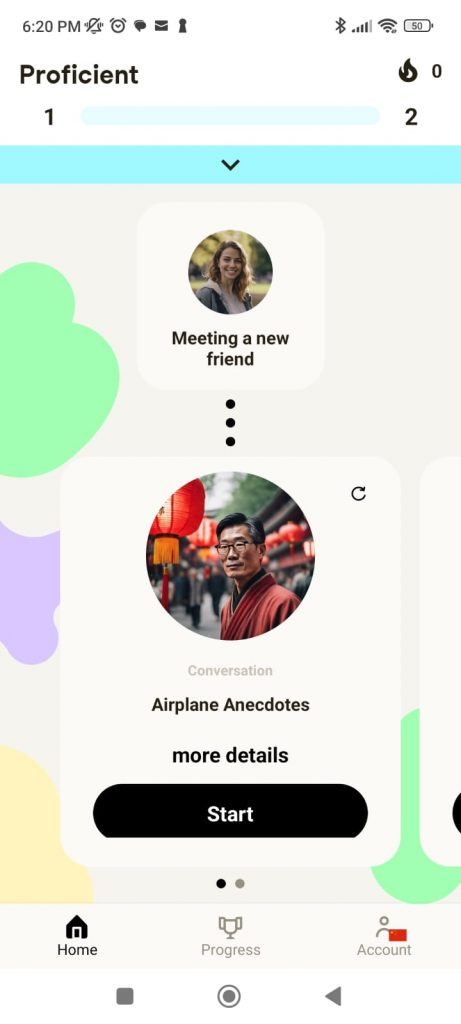
Finally, there are several established language acquisition apps which have integrated AI chatbot functions to enhance user experience. By incorporating AI-driven interactions, these apps offer users the opportunity to engage in simulated conversations, receive instant feedback, and practice language skills in a more interactive and dynamic manner. This addition of AI chatbots expands the capabilities of these apps, providing learners with personalized and immersive language learning experiences.
7. SuperChinese
SuperChinese’s has long stood out as an effective app for teaching Chinese with features available to both free and premium users. Its latest upgrade, Chao, introduces an AI chat feature that provides a highly structured interaction, offering ample opportunities to practice key sentences before engaging in conversation. With its pleasant AI speaking voice, excellent AI voice recognition and real-time corrections exclusive to the Chao version, SuperChinese stands out for its thoroughness and efficacy. Superchinese also offers a free real-time chatroom where learners from around the world can converse in spoken Chinese. This is truly a comprehensive learning tool catering to both free and premium users.
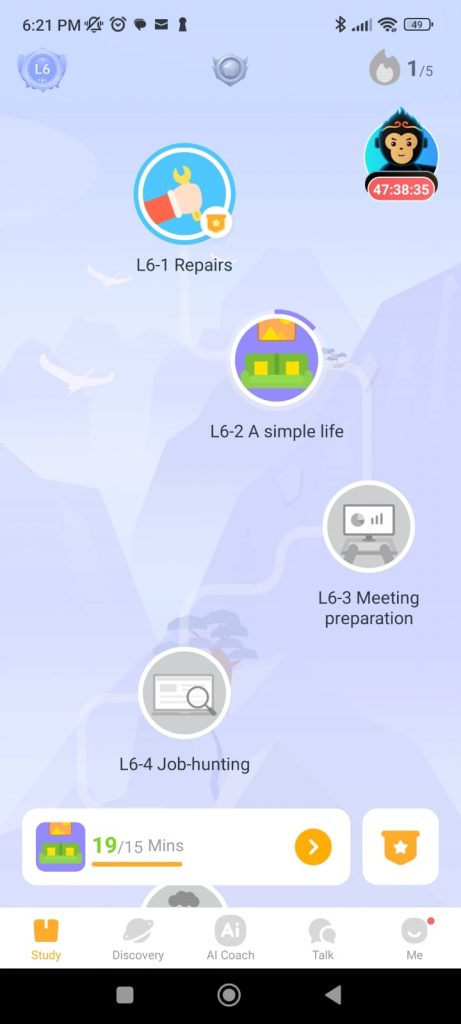
8. Memrise
From its flashcard roots, Memrise has blossomed into a multi-faceted language learning platform. While it began with simple memorization tools, Memrise has evolved to include engaging learning programs featuring real people in video clips. Now, they have upped the ante with their Membot – a structured AI chatbot that throws you into various conversational scenarios. Membot offers a clear learning path, but the feedback system could be more robust. While the voice is pleasant, understanding spoken Mandarin seems to be a work in progress. Still, Memrise’s innovative approach makes it a compelling option for anyone looking to tackle Mandarin in a fun and interactive way.
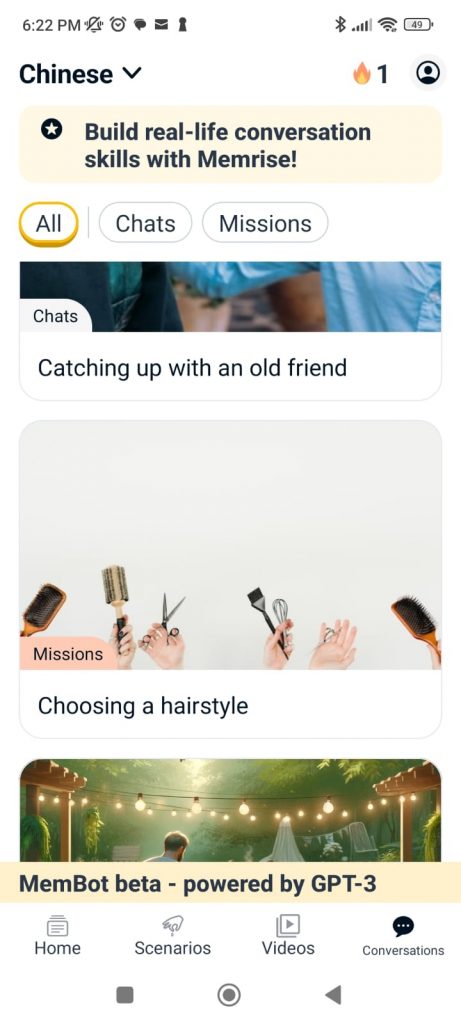
9. Ling
Ling is a versatile language learning app which pays great attention to detail and provides an effective system for learning a language thoroughly. Despite offering multiple languages, it provides content with a focus on cultural nuances and language subtleties. However, its AI chatbot did not work for me, at least not with my Android phone. It malfunctioned when it was my turn to input information. This was especially disappointing because the app showed promise with an interesting approach which allowed users a chance to practice several suggested sentences before conversing with the chatbot. If it had worked correctly, Ling’s AI chatbot would have provided structured guidance, a pleasant AI voice and useful feedback. Hopefully, the bug can be fixed soon.
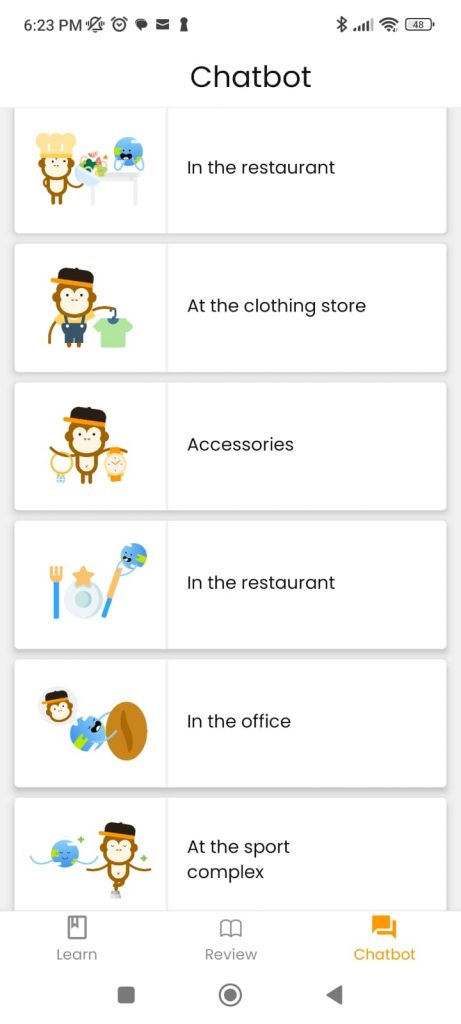
10. Mondly
Mondly, another established language learning app, has incorporated AI chat functionality into its platform, albeit with a more structured approach that limits user input. While suitable for beginners, its translations for Chinese may occasionally be questionable, and the chatbot’s scenarios are somewhat limited. Nonetheless, Mondly boasts a fairly natural-sounding voice and provides a solid foundation for language learners seeking a guided experience with AI-driven interactions.
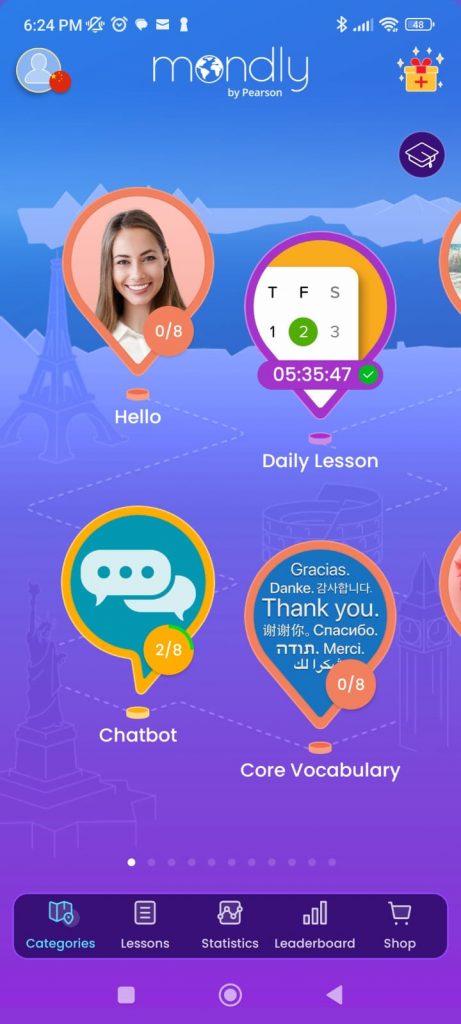
Top AI Apps for Learning Chinese (Comparison Table)
| Name of App | Spoken or written input? | Voice quality of AI bot | Able to change voice speed? | Real time corrections provided? | Structured learning topics? |
| 1. ChatGPT | Both | Excellent | No | Upon request | Self designed |
| 2. Microsoft Copilot | Written | Good | N/A | Upon request | Self designed |
| 3. Google Gemini | Written | N/A | N/A | Upon request | Self designed |
| 4. Tutor Lily | Both | Good | Yes | Yes | Well structured |
| 5. Talkpal AI | Both | Bad | Yes | Yes | Well structured |
| 6. Univerbal | Both | Bad | Yes | Yes | Well structured |
| 7. Superchinese | Both | Very good | Yes | Yes | Very well structured |
| 8. Memrise | Both | Good | Yes | Yes | Well structured |
| 9. Ling | Has issues | Very good | Yes | Yes | Very well structured |
| 10. Mondly | Both | Medium | Yes | Yes | Well structured |
Conclusion
In conclusion, AI technology is rapidly transforming Mandarin learning with personalized experiences and interactive chatbots that mimic real conversations. Large language models offer vast potential, but require user-driven course structures and ongoing development to fully grasp spoken language. Chinese language learning apps are integrating AI chatbots, with some excelling in structured practice and real-time corrections, while others require improvements in spoken language understanding or ironing out technical glitches. As AI functionalities advance in this rapidly changing field, Chinese learners can expect increasingly effective and engaging tools to master Mandarin.
Author
Heather Buchanan-Schrader

An unashamed language nerd from Anchorage, Alaska, Heather’s life has led her to a degree in German and International Studies from Willamette University and a three-year stay in Taiwan with her German husband at the end of the eighties. In Taipei she took intensive Chinese courses at the Mandarin Training Center of Taiwan Normal University and also taught English at the Taipei Language Institute. After the fall of the Berlin Wall in 1989, she became intrigued by the life in a former East Bloc country and finally decided to relocate to Leipzig, Germany in 1991. There she and her husband established the FAE Fachinstitut für Angewandtes Englisch, a private English institute focusing on teaching adults, translations and language coaching. This has been a successful venture for over 30 years.


